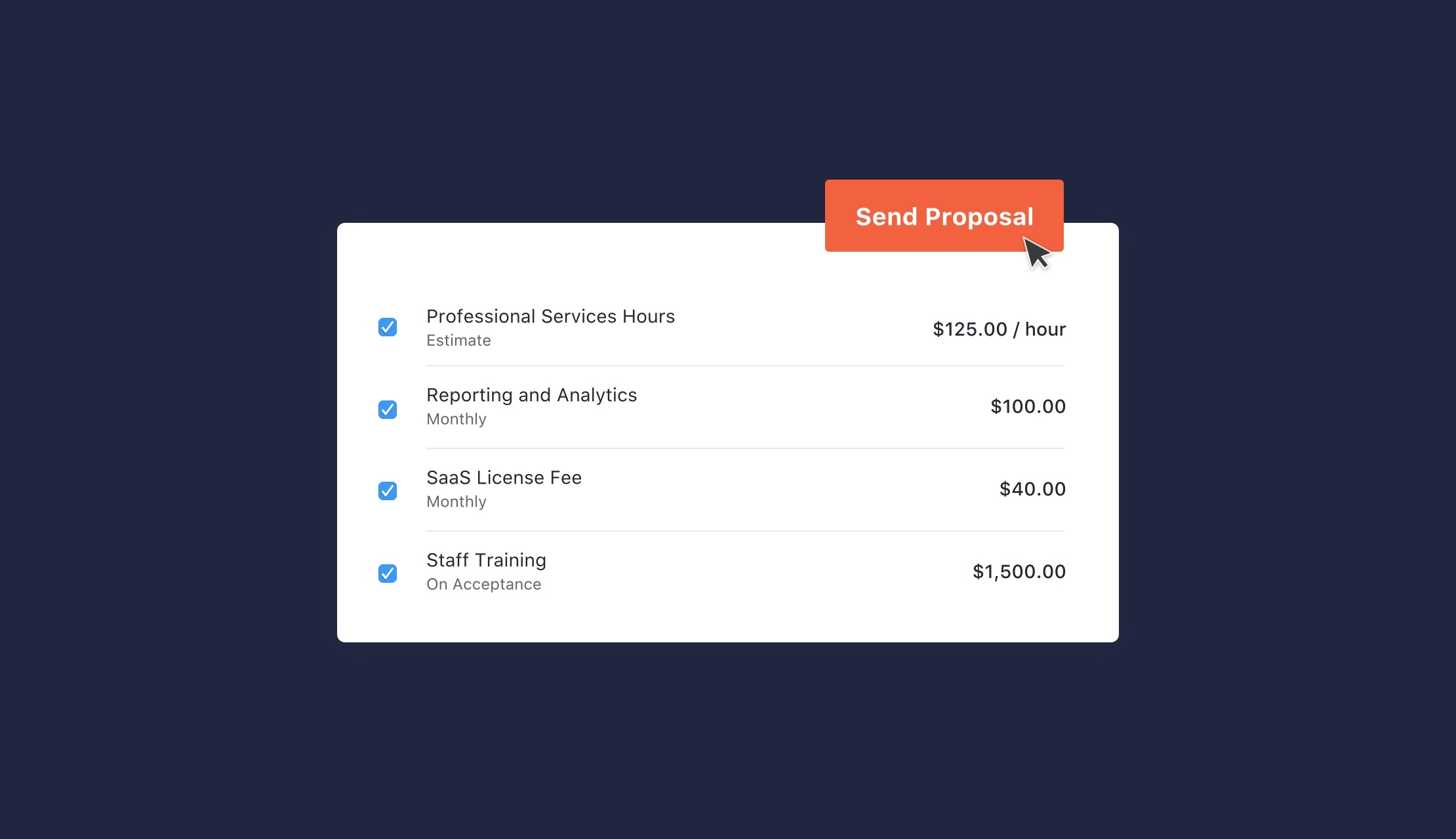Setting your fixed prices in 4 steps
4 simple, repeatable steps that accountants can follow to set up fixed pricing

Moving away from hourly billing to fixed pricing is certainly a trend these days. The trouble is, not everyone knows how to establish prices for their services.
Which is why I recently wrote a detailed guide walking firms through pricing accounting services for your fixed price mandates. Due to its popularity, below you’ll find a condensed version of the guide, boiling things down into 4 simple, repeatable steps that you can follow to help you set your fixed price mandates.
Let’s go!
Step 1: Assess Your Client’s Needs
Spend as much time as you need upfront to determine exactly what your client requires. An in-depth conversation should take place to understand what your client’s needs are, what their pain-points are and to challenge them.
I often see firms putting out a service offer that’s not completely in line with their client’s needs. This will likely backfire. So first step, always get a good in-depth understanding of what’s required before moving to the next step.
Step 2: Define Your Scope
Before you price anything out, you need to start developing your scope of work. This is a critical step when engaging in fixed pricing.
The onus is on you to be clear on what you’re offering. If not, you may find yourself performing work over and above what you thought was agreed upon. Don’t assume the client knows what’s included in your service and what isn’t.
So...
- What services will you offer?
- When will they be offered?
- How will they be offered?
- What’s included? What’s not?
In the guide linked above, I provide a few specific examples of a bad scope and a good scope. Properly defining your services ensures that you’re working on exactly what you’re getting paid for.
Step 3: Establish Your Pricing
In my guide, I make the differentiation between fixed pricing and value pricing. There are differences in how you’ll establish pricing for each of these methods.
Briefly, with fixed pricing, the services offered will define the price. Accordingly, you should establish a menu of the services you offer. Following that, there should be an approximate time estimate to complete the work that you can attach to each of them. This works well with services that you provide that are similar and recurring in nature. If you have certain once-off projects, you’ll need to evaluate time estimates separately per engagement. From there, you can estimate costs to complete the work and then build in your appropriate margin.
Simple.
Value pricing is a completely different approach. Here, we are pricing the customer and not the service, which makes it a bit more technical. The main benefit is that I think you can see higher margins from this method. The price is highly based on your conversation with the client in step 1. You really need to go deep into their challenges and pain-points in order to get a true sense of the value you think you can bring to them.
How do you come up with a price here? There’s no formula and no science. You really just need to pick a price that you think they will pay. You can always model out your costs afterwards to ensure that this price makes sense.
Step 4: Finalize an Agreement
Please don’t send proposals by email. You’ll want something a bit more professional looking and one that captures not only the price that you’re charging, but the precise scope that we’ve defined in Step 2.
By having both parties sign-off on the agreed upon scope of your fixed price service offer, you can avoid classic scope creep issues that are typically pervasive across firms engaged in fixed pricing.
As a Practice Ignition user since 2013, I believe this is the perfect tool to cement an agreement. First, get your engagement letter template uploaded. Next, load all of your services in their service library with preloaded standard definitions of the services you provide. And then it’s time to build out your engagement letter which I would be able to produce in 1-2 minutes for the most part.
Conclusion
So there you have it. A simple 4 step process to setting and securing your fixed priced mandates in your firm. Feel free to adjust as you see fit and good luck!

